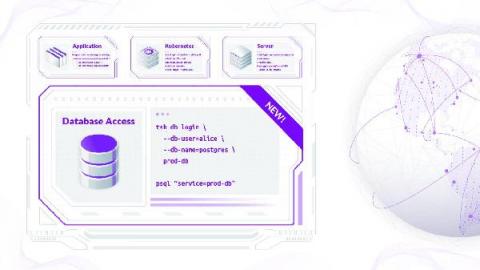Orchestrate Framework Controls to Support Security Operations with Splunk SOAR
Every security team should utilize security frameworks in their strategy and tactics to help reduce risk from common cybersecurity threats. Security frameworks guide organizations on how they should develop, build, and maintain their IT security policies and procedures while sharing best practices for meeting compliance requirements. Healthcare operations in particular are often presented with increasing regulatory scrutiny and obligations that must be met in order to be competitive.










